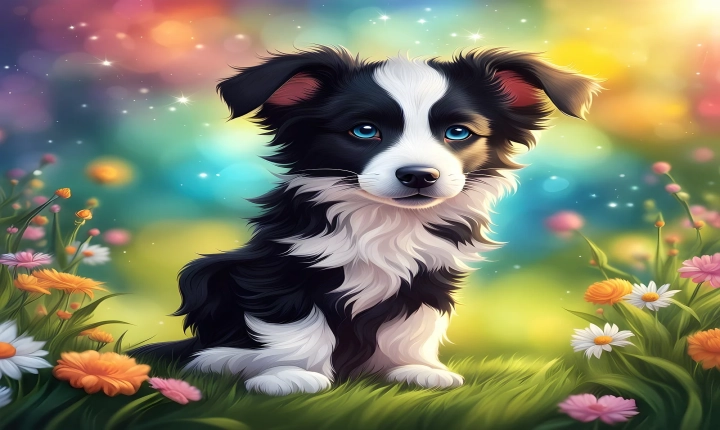Title: Unlocking the Power of AI in Generating Pictures
In recent years, the field of artificial intelligence has made significant advances in creating images that are, at first glance, indistinguishable from those created by humans. This development has not only revolutionized the world of visual arts but also expanded the possibilities in various industries, from graphic design and marketing to architecture and fashion.
So, how exactly does AI generate pictures? What are the techniques and tools involved? And how can individuals and businesses harness the power of this technology to enhance their creative endeavors?
The combination of advanced machine learning algorithms and neural networks has empowered AI to generate pictures with remarkable realism and complexity. One of the most popular methods used for this purpose is Generative Adversarial Networks (GANs). GANs consist of two neural networks – a generator and a discriminator – that work in tandem to produce images. The generator creates images from random noise, while the discriminator evaluates the images, providing feedback to the generator. Through this repeated process, the generator is able to refine its output to the point where the images it creates closely resemble real photographs.
Additionally, Variational Autoencoders (VAEs) are another technique used in AI-generated image creation. VAEs operate by learning a low-dimensional representation of the input data and then generating new images based on this learned representation.
These underlying techniques have given rise to a multitude of applications for AI-generated imagery. In the field of design, for example, businesses can utilize AI-generated pictures for prototyping and product visualization. In marketing, AI-generated images can be employed for creating personalized visual content tailored to specific target audiences. Furthermore, in architecture and urban planning, AI-generated pictures help architects and planners visualize and refine their designs, and in healthcare, AI-generated images can assist in medical imaging and diagnostics.
For businesses looking to leverage this technology, several AI platforms and tools have emerged that provide user-friendly interfaces for generating custom images. These platforms often allow users to specify certain attributes or styles for the images, such as color scheme, texture, or subject matter, and then generate images based on these parameters. This allows businesses to create bespoke visual content with ease, saving time and resources compared to traditional methods.
For individuals and artists, the accessibility of AI-generated images opens up new avenues for creative expression and exploration. With the ability to generate vast amounts of imagery quickly, artists can experiment with various visual styles and concepts, providing endless inspiration for their work.
However, it is important to note that the technology is not without its ethical considerations and challenges. As AI-generated images become increasingly realistic, the potential for misuse, such as in the creation of fake news or misinformation, raises important questions about the responsible use of this technology.
In conclusion, AI-generated pictures represent a powerful tool with vast potential for creativity and innovation. From design and marketing to healthcare and art, the applications of AI-generated images are broad and impactful. As the technology continues to advance, it is vital for individuals and businesses to stay informed about the capabilities and limitations of AI in order to make responsible and ethical use of this transformative tool.
